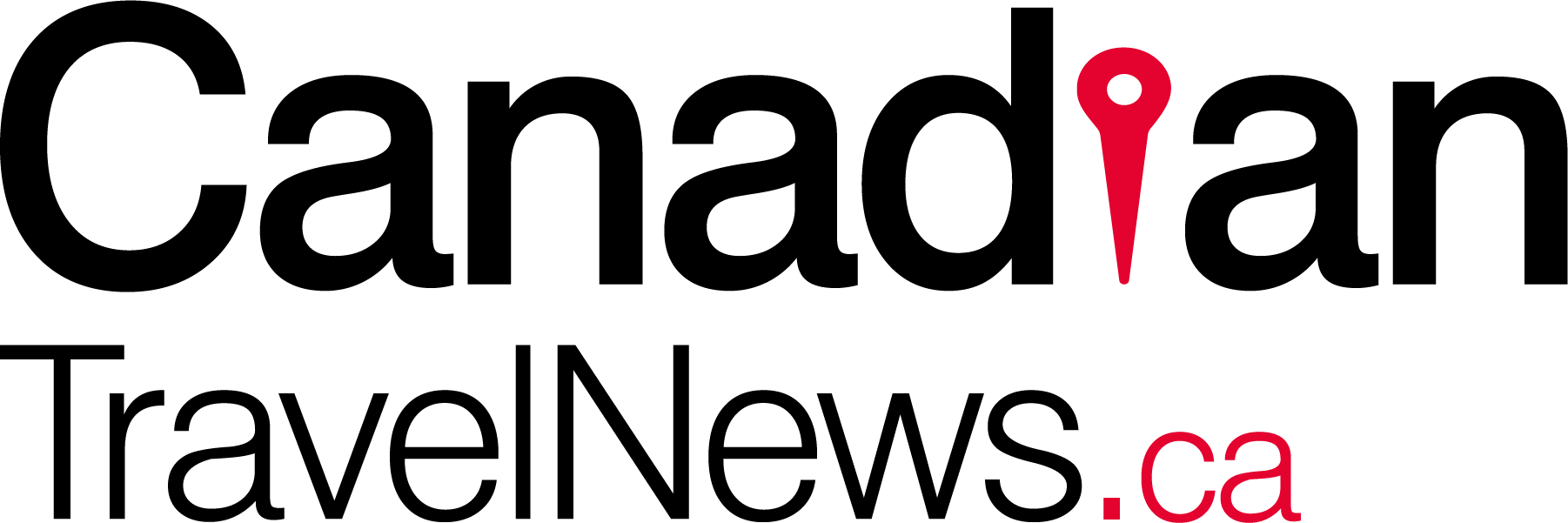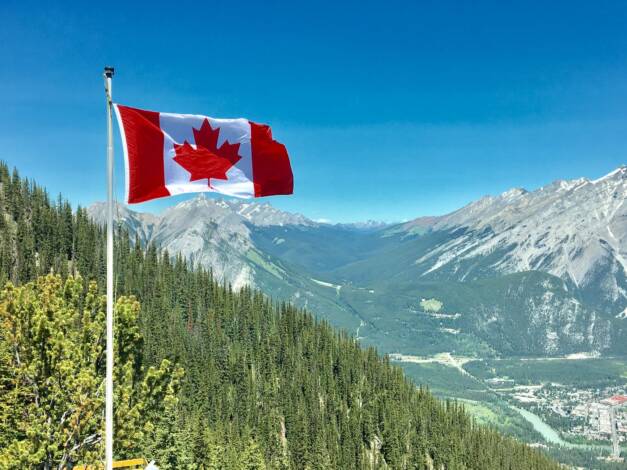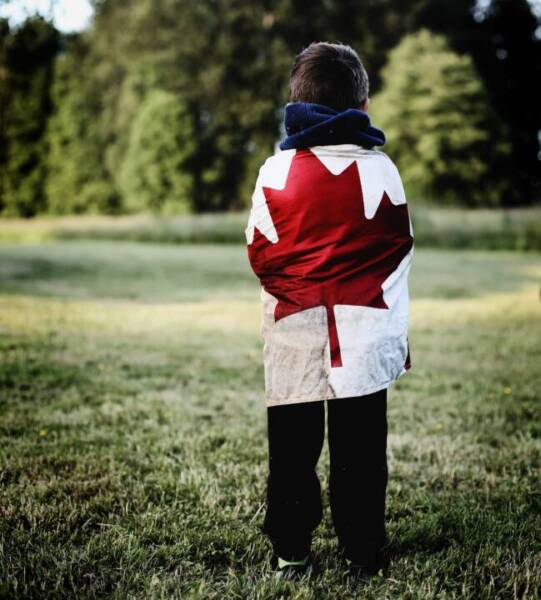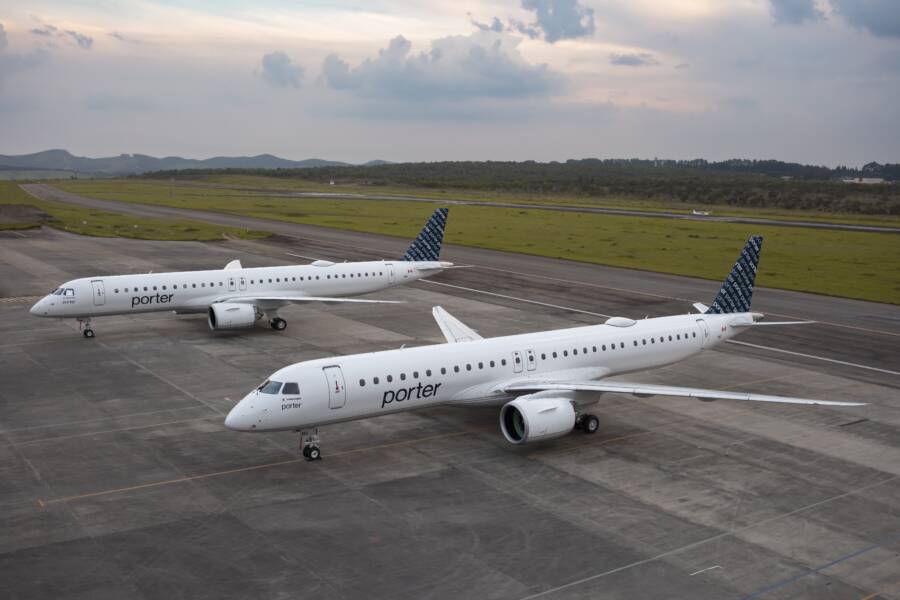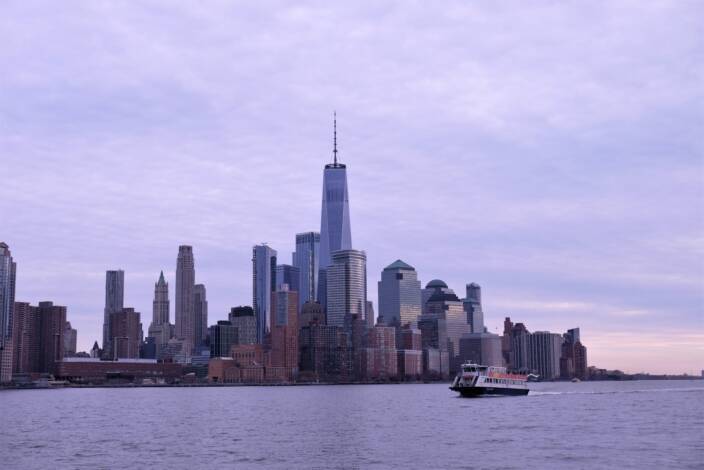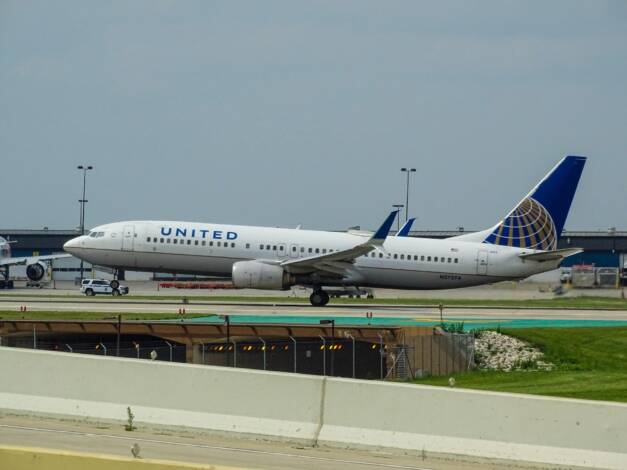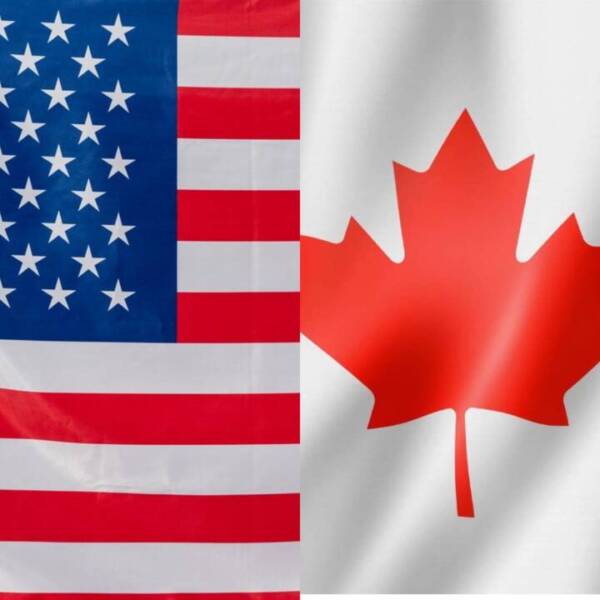
Premier Ford Asks for More Travel Restrictions, Despite Cases Remaining Low
May 13, 2021 Marsha Mowers
Ontario Premier Doug Ford is asking again for more restrictions on travellers, calling for tighter controls on domestic travellers and quarantine program for those crossing by land (currently travellers by land do not have to spend time in a “quarantine hotel”).
The Premier argues that more restrictions are needed to stop the spread of COVID-19 variants, which leads one to assume that travellers are a significant cause of COVID cases in Canada.
In keeping with both the Ontario and Canada’s Governments’ mantra their decisions are made based on “science and facts”, let’s look at the latest numbers.
According to the Public Health Agency of Canada (PHAC):
- From February 22, 2021 to May 4, 2021, a total of 431,109 tests were completed at air and land borders and of these, 6,273 (1.5% were positive).
- From February 22, 2021 to May 4, 2021, 392 of 120,453 tests (0.3%) completed at land border crossings were positive.
- From February 22, 2021 to May 4, 2021, 5,465 of 285,456 tests (1.9%) completed at air border crossings were positive.
Land border crossings are responsible for less than half a percentage of cases in Canada.
Combined, COVID still accounts for less than 2% of cases in Canada. That has remained the same since last summer.
To contrast this, in the Premier’s own province, workplace spread, which includes retail warehouse, meat processing plants, farming currently has the highest number of outbreaks. This trend has been growing throughout the pandemic, eventually overtaking Long Term Care Homes as the number one source.
There are currently 315 outbreaks – not cases – outbreaks at workplaces in Ontario. Full stats can be found here.
The trends are similar federally, as outbreaks main sources have been workplaces and LTCH. PHAC reports that during the week of April 25 to May 1, international travel was responsible for a total of 350 cases: 108 cases (<0.5%) reported exposure to a traveller; and 242 cases (<0.5%) reported having travelled outside of Canada during their exposure period. Full stats can be found here.
Municipally, in the City of Toronto for example, “hot spots” continue to follow trends in other countries – in neighbourhoods with a high number of essential workers, multi-family dwellings and lower-income areas. Hospital staff, retail associates, food chain supply workers – the people needed most for help during the pandemic are the ones who are being hit hardest by COVID.
But despite high numbers in other areas, Ontario and the Federal Government continue to use travel as a scapegoat, even putting a combined $245M on the restrictions.
Brand new start-up Switch Health was awarded a $100M contract for COVID testing, and now questions are being raised about its ability to fulfill after many complaints. Those include delayed or lost test results, long line ups for virtual testing at home, and in some cases, notifications of tests results that hadn’t been even submitted yet.
As of late March, Canada had spent $145M on quarantine facilities.
Certainly that $245 million could’ve been better spent towards recovery and helping the hundreds of thousands in the tourism and hospitality industry currently out of work.
Looking strictly at the science and data, one can only beg the question – why is travel being used as a scapegoat?
About the Author

Marsha Mowers made the move to editorial side of travel after many years working in destination marketing where she represented places such as NYC and Las Vegas. Her experience on “both sides” of the industry has put her in a unique position to provide valuable context to both readers and trade partners. Marsha also serves as Director of Content for TravelPulse Canada
